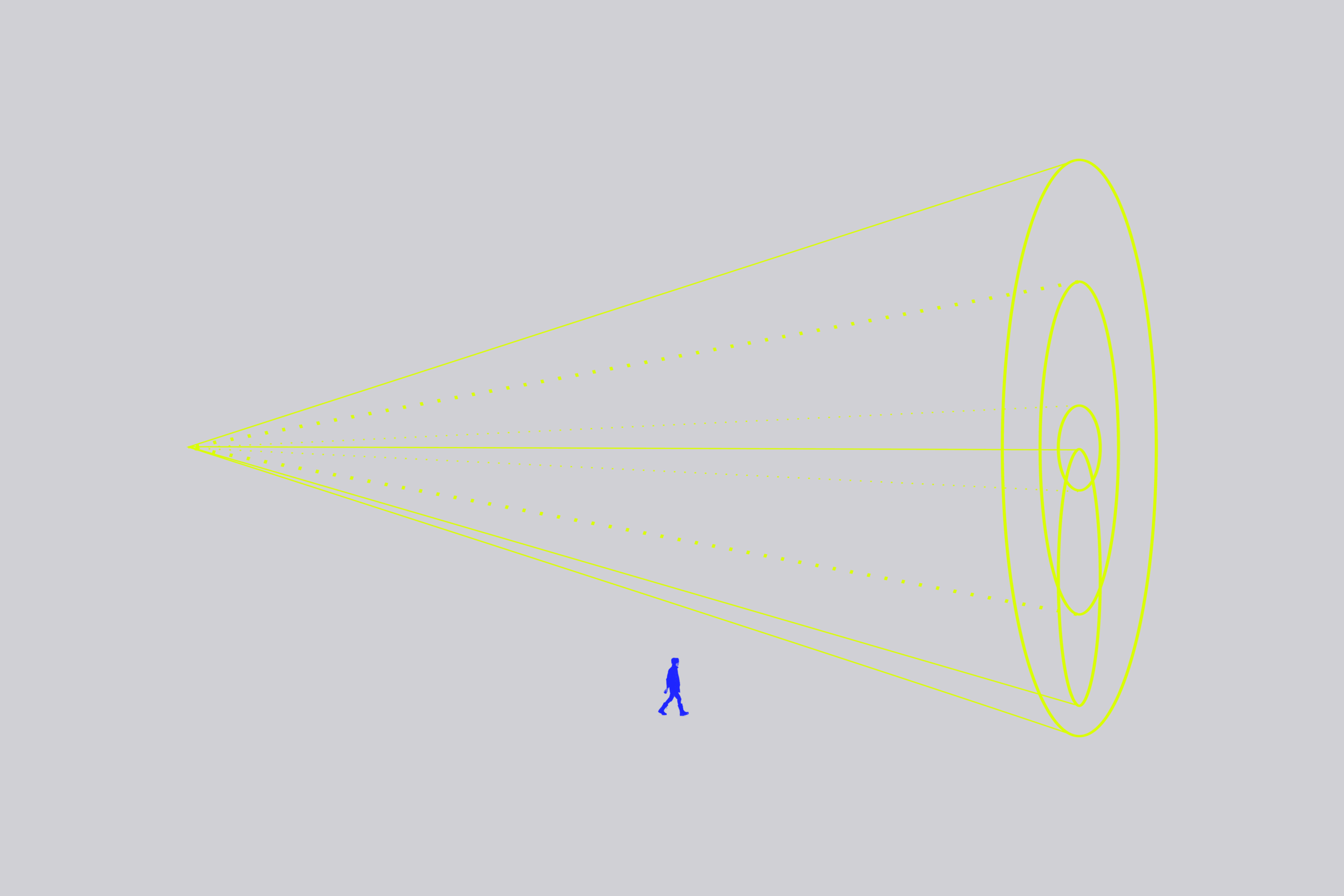
Strategic design
The future of payments systems
Project
Strategic Design
The future of payments systems
My role
UX Designer
Strategic Designer
Facilitator
Methodology
Speculative Design
Dream
It is August 2021, there are still moments when I leave the house and wonder: Is this real? Am I dreaming? The pandemic has changed everything, the way we interact with other people, how we study, work and consume.
It caught us all by surprise and although some governments have emergency protocols in place, very few companies and sectors were prepared for such a situation.
In this context we have the best opportunity to explain the value of Speculative Design, which helps to think about unimaginable or unlikely scenarios, to make decisions in the present that can prepare for unlikely situations or to challenge the present context.
An interesting exercise was to think about the future of payment systems in 2050. Exercise I did in a couple of weeks in the Strategic Design course with the guidance of Ph.D. Emiliano Labrador.
How do we get pictures of the future?
With the help of people in interviews or in a workshop, using a tool to tell stories in the future, this scenario planning tool is called a futures cone, which helps to organize and plan images of futures. What did I do?
The image illustrates my process in this specific topic, but there can be variations, it can be started with a Benchmarking, a specific statement or problem.
The result
The result was a report with the research, insights, findings, trends and many ideas that could certainly be the subject of discussion or development. Below is shown only the cone of futures with a couple of examples.
The first picture illustrates the variety of different futures.
The following images show a short explanation of the type of future and some examples of them. The definitions of the futures are from The Voroscope.Is there value for a banking institution to think about the payment systems of the future?
Yes, the results say that not only banking institutions would benefit, but also many professions, companies, institutions and governments.
The Challenge & learnings
I would have imagined that the ideal way to obtain information in Speculative Design is to organize a workshop, but in the middle of a second confinement, it was not an alternative to think of bringing people together in a space to generate ideas. Remote interviews turned out to be a very good alternative, which gave enough flexibility to allow people from different countries to participate.
It is always difficult to find participants, but in this format, it requires less time and there is a lot of flexibility, which is always attractive for the participants. In addition to offering more time during the interview to imagine, more time for reflection and introspection for the participants.
At the end of the interviews some of the participants were grateful with the activity, they found it to be a good exercise, in the words of one of them "thank you for the intellectual challenge".
Learnings
Adapt to the circumstances, as a facilitator you just have to keep in mind the objectives of the study.
Give the participant time to imagine, in such an exercise you must give the opportunity to work the 11 areas of the brain involved in the activity of imagining.
A group with a varied background of participants will enrich ideas.
You can find many references about Speculative Design on the internet, I share two sources that helped me to understand the topic. A talk by Phil Balagtas who explains speculative design with examples or for those who prefer to read, Jim Dator's text gives a broad perspective on the topic of futures.
The image used as a banner is based on the photo by Émile Séguin on Unsplash, and the icons are from the noun project. Tools & software
Tools
Futures cone
Software
Keynote





